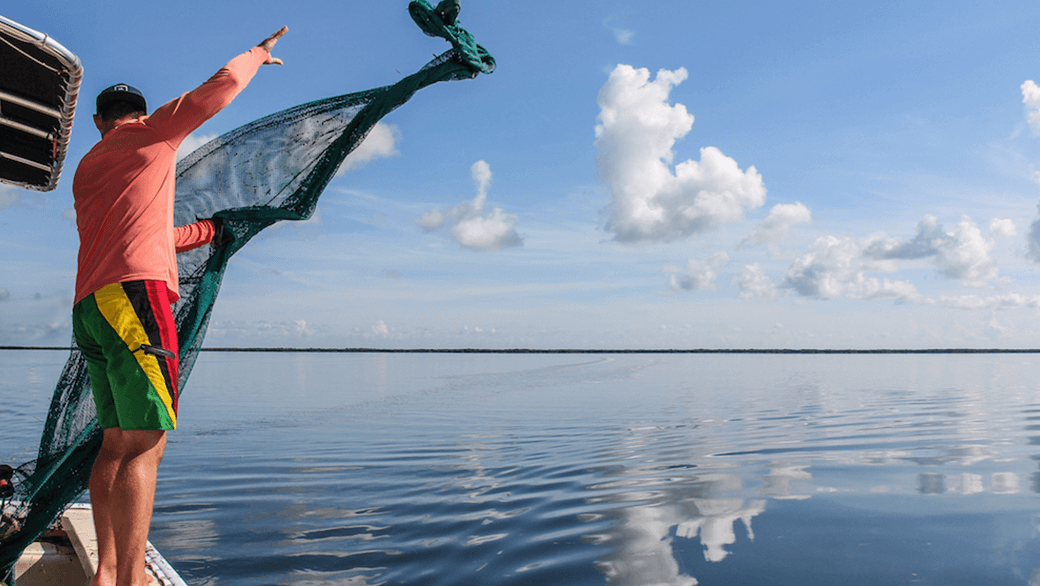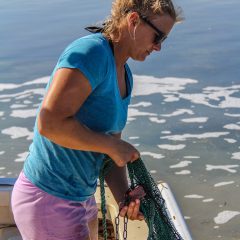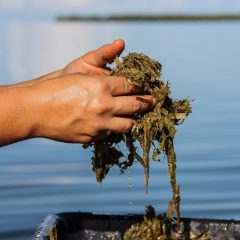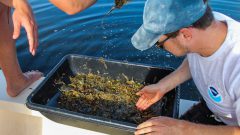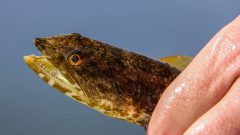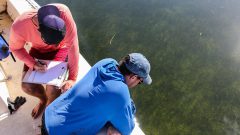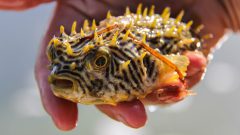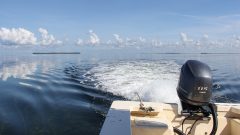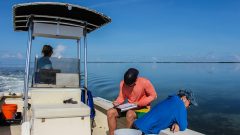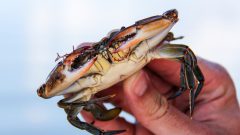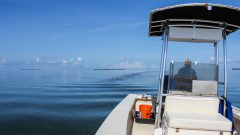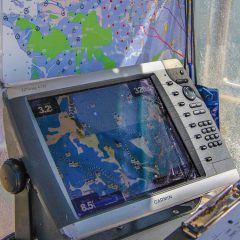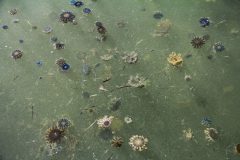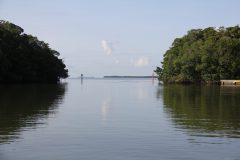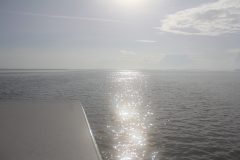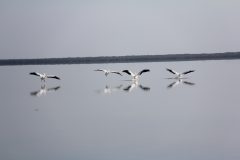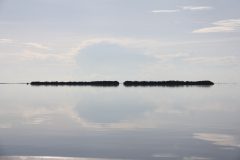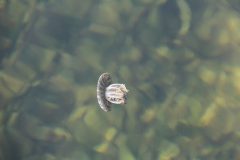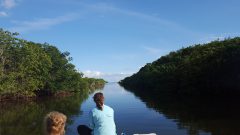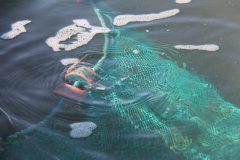With an average depth of only 3 feet, the Florida Bay is home to a number of marine populations, as well as a vital nursery ground for commercial and recreational reef fish species. The Florida Bay also plays host to a group of NOAA researchers who are investigating how habitat changes in Florida Bay are impacting juvenile sportfish populations, with a focus on the spotted seatrout. The study aims to examine the relationship between juvenile spotted seatrout abundance, salinity, temperature, and seagrass, and use the data to quantify and predict the impacts of Everglades Restoration.
View the entire photo essay here: Spotting the Seatrout, by: Hanna Payne
Image Captions
From Left:
- Researcher pulls up a trawl in order to document species during the Juvenile Sportfish Survey. Photo Credit: NOAA AOML.
- The contents of the initial tow are emptied into a container on the back of the boat for sorting. Photo Credit: NOAA AOML.
- The contents of the tow are emptied into a container on the back of the boat for sorting. Photo Credit: NOAA AOML.
- An inshore Lizardfish, a non-target species caught in the trawl is released. Photo Credit: NOAA AOML.
- Researchers take data for juvenile sportfish survey. Photo Credit: NOAA AOML.
- A Striped Burrfish, a non-target species caught in the trawl is released. Photo Credit: NOAA AOML.
- Small Boat sampling for the Juvenile Sportfish Survey. Photo Credit: NOAA AOML.
- Researchers logging data during the Juvenile sportfish survey. Photo Credit: NOAA AOML.
- Crab found during the Juvenile Sportfish Survey. Photo Credit: NOAA AOML.
- Small Boat sampling for the Juvenile Sportfish Survey. Photo Credit: NOAA AOML.
- GPS location showing sampling sites. Photo Credit: NOAA AOML.
- Net surveying for fish during the juvenile sportfish survey in Florida Bay. Photo Credit: NOAA AOML.
- Scientists surveying for sportfish in the Florida Bay. Photo Credit NOAA AOML.
- Florida Bay, which makes up a substantial part of Everglades National Park, is an economic engine and natural gem worth exploring, researching, and above all, sustaining. Photo Credit: NOAA AOML.
- Stunning silver sea meets a noon sky aboard small boat in the Florida Keys. Photo Credit: NOAA.
- Upside down Jellyfish, Cassiopeia spp., hang suspended in the shallow waters of Florida Bay. Large cassiopeia blooms explode with mesmerizing blue and brown bells in areas where seagrass die-off has occurred. This can be a concerning sign for researchers studying the health of Florida Bay. Photo Credit: NOAA AOML.
- Fieldwork photo of a channel between two mangrove banks taken by one of our scientists during a Juvenille Sportfish Survey in the Florida Bay. Calm waters, channel markers and a blue sky are indicative of a typical on-the-water scene from the area. Photo Credit, NOAA.
- The RECOVER Monitoring and Assessment Plan, which provides scientific support for the Comprehensive Everglades Restoration Plan, funds this project. NOAA researchers produce annual reports for RECOVER and develops analytical products used to inform decision-making. Chief among these are ecological models that predict how seatrout habitat quality changes with salinity, temperature, and seagrass. These ecological models were essential to inform the design of the Central Everglades Planning Project, the next suite of Everglades Restoration projects designed to bring more freshwater to the Everglades, including Florida Bay. Photo Credit: NOAA AOML.
- The Florida bay, with an average depth of 3 feet is home to many species, such as this small jellyfish. Photo Credit: NOAA AOML.
